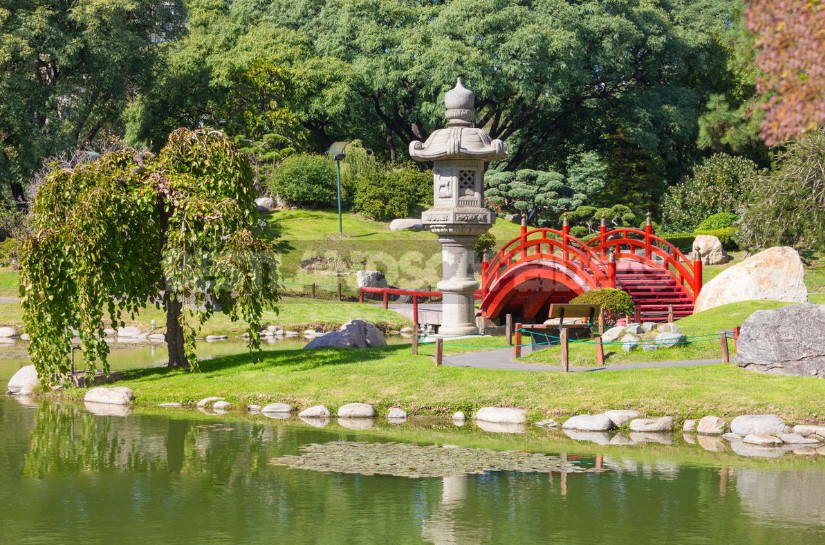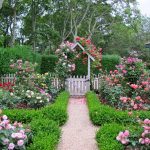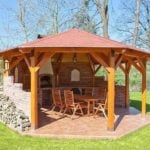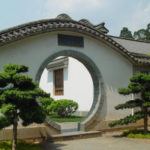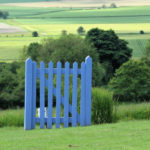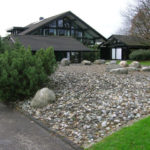A characteristic feature of the philosophy of Japan-harmony in everything, but above all-the harmony of man and nature. To convey the atmosphere of this unity, in the Tenth century in the land of the rising sun began to create gardens of very original design. Subsequently, they became known around the world and do not lose popularity to this day.
Just pay attention to the fact that the” skeleton “of the Japanese garden — a stone, and” blood ” — is water. So I think the Japanese themselves. There is also a third important component — plants. But since water, stones and plants can be found in other gardens, the peculiarity of the Japanese is the layout of these elements and the use of iconic attributes.
1. Tsukuba
This mysterious word hides a traditional Cup for washing hands and face before the tea ceremony. Tsukubai is performed from the whole rough stones.
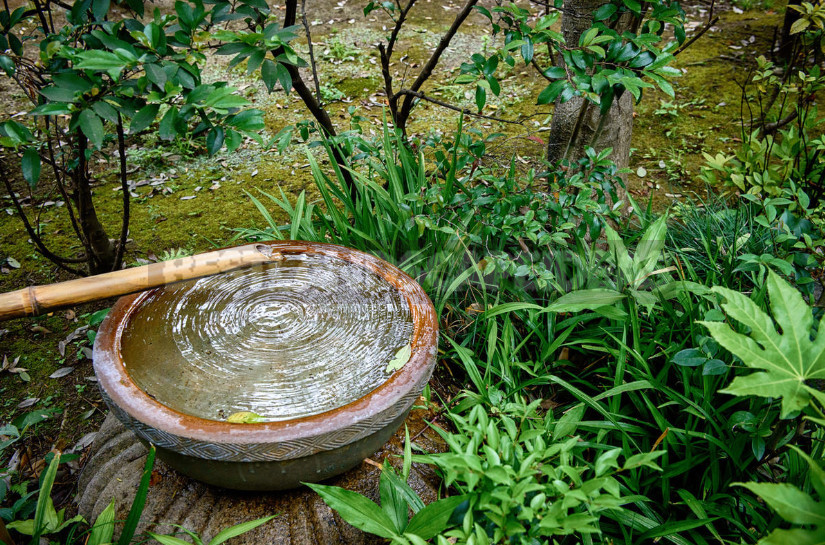
Valid decoration characters or symbols characteristic of the Japanese spiritual culture. Externally tsukubai resembles a small well. Next to the bowl should be a bamboo ladle.
2. Bridge
For the Japanese, the bridge is a symbol of life. Therefore, it should not be direct. The curved bridge shows all stages of human life: from childhood (the beginning of the bridge) to maturity (its highest point) and to descent (old age).
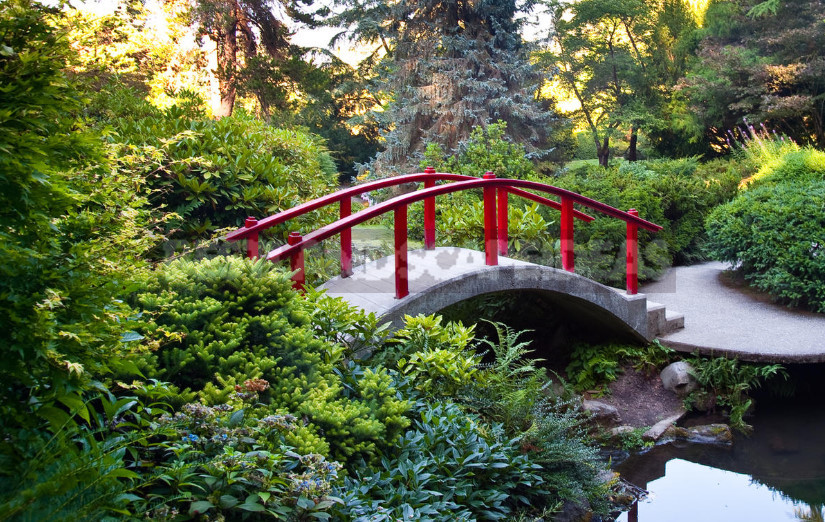
Bridges must stand out from the crowd, so they are painted in bright colors and decorated with traditional symbols. In our case, it is not necessary to make a bridge as a crossing over a stream or pond, it is possible to confine a purely decorative option with the paths leading to it and small flowerbeds at the edges.
3. Bells
To listen to the music of the wind, hang on the trees or the roof of the gazebo bells, furies. They are made of iron, glass or copper. Each material will have its own sound.
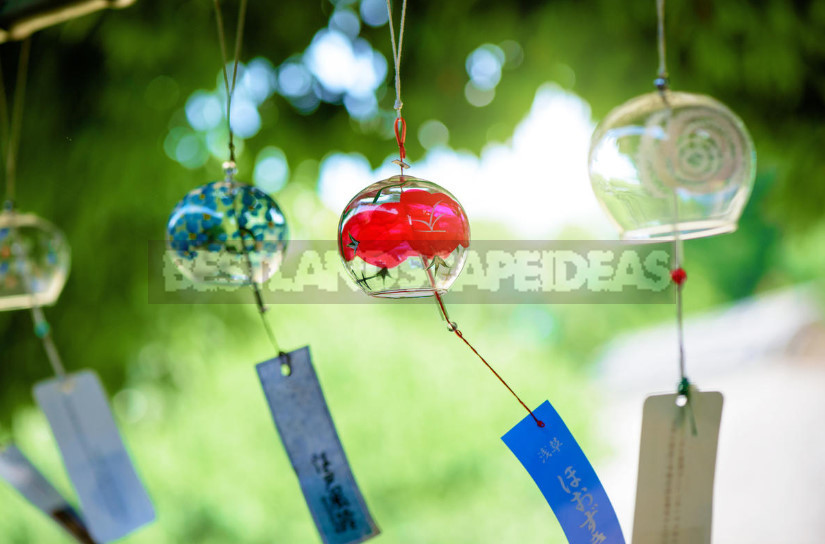
Interestingly, the Japanese bells are considered a symbol of coolness. This is due to the fact that in this country the summer is very stuffy because of the high humidity. Even the faintest breath of wind brings relief. And the ringing of the bell is a sure sign of the long-awaited wind.
4. Gazebos
A real Japanese garden is unthinkable without gazebos. They are usually made in the form of pagodas — religious buildings. For such pavilions are characterized by curved corners, the use of only natural materials and decoration of climbing plants.
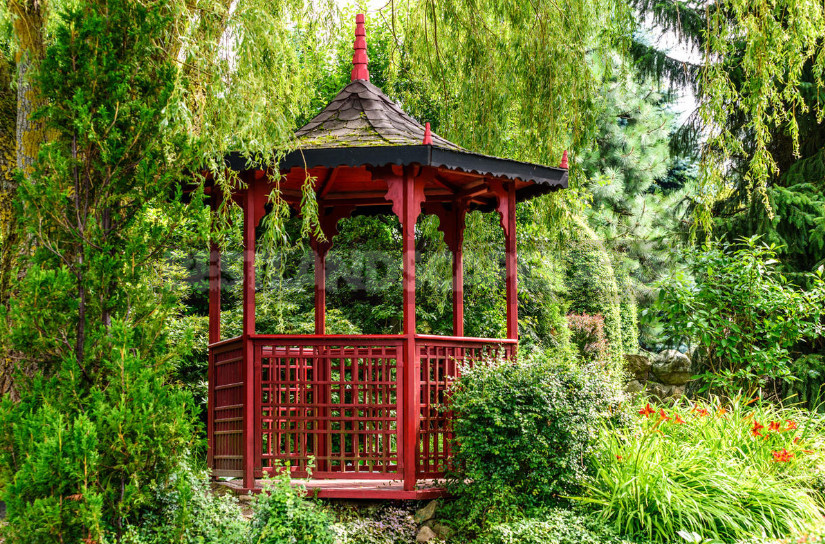
Of course, Japan has its own strict rules of construction and location of the gazebo. In the dacha version of the Japanese garden, they can be neglected and set the gazebo so that it does not obscure the planting and organically fit into the overall picture of the site.
5. Bamboo hedges
The Japanese are very jealous of personal space. The garden is a place of merging with nature, with your thoughts. There’s no room for prying eyes. But fences in the usual form, too, no. There is only a bamboo fence.
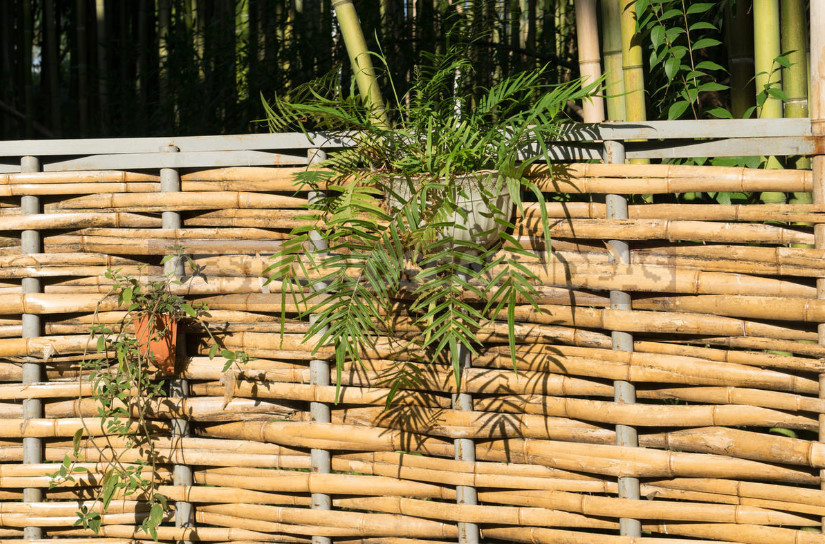
They can be of different heights and frequencies of weaving. In traditional options never are used like a nail. Such fences can both separate parts of the garden from each other, hide unnecessary elements and be decorative.
6. Stone sculptures
Sculptures in this Japanese garden are never placed anywhere. And the sculpture itself can not be anything. Each has its own meaning. Buddha-peace and tranquility, dragon-power, lion-protection, turtle-longevity, crane-the desire to know the truth, etc.
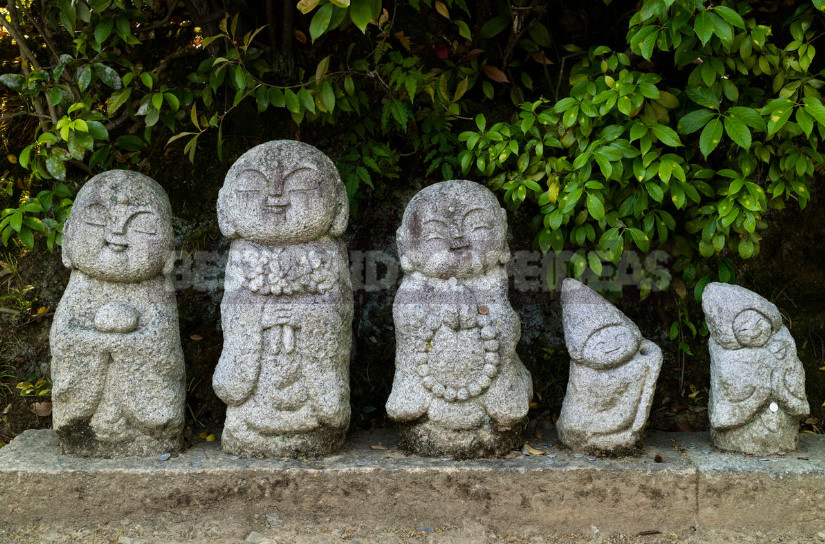
If you are not immersed in Buddhist philosophy, it is better not to abuse this kind of symbols and buy something neutral. Fortunately all sorts of garden sculptures can be found without much difficulty. One ” but ” – for the garden in the Japanese style, they should be as natural and painted in one tone, no riot of colors.
7. Lanterns
What is a Japanese garden without lights? Usually they are placed along the paths on the way to the gazebo, pond or other significant object. All lights are solid color, color in the Japanese garden does not happen. But the versions of the forms – there is:
- Tachi-Gata-a high stone lanterns, like small pillars. Their height should not exceed 3 meters. Tachi-Gata can illuminate a large area;
- Katsuga-lantern, which is very similar to the Tachi-Gata, but differs from it in the abundance of carved ornaments;
- Ikegami Gata have a pillar shape. They are dug into the ground at the edges of the tracks;
- Okie Gata-the most compact flashlights. Their goal is to create a mysterious twilight. Oki-Gata can be placed on the banks of a garden pond, on stones or among plants;
- Yukimi-Gata, or “snow lantern” – squat lantern with a wide roof. Due to the shape of the roof it is called snow, because during snowfall snow remains on it and effectively illuminated.
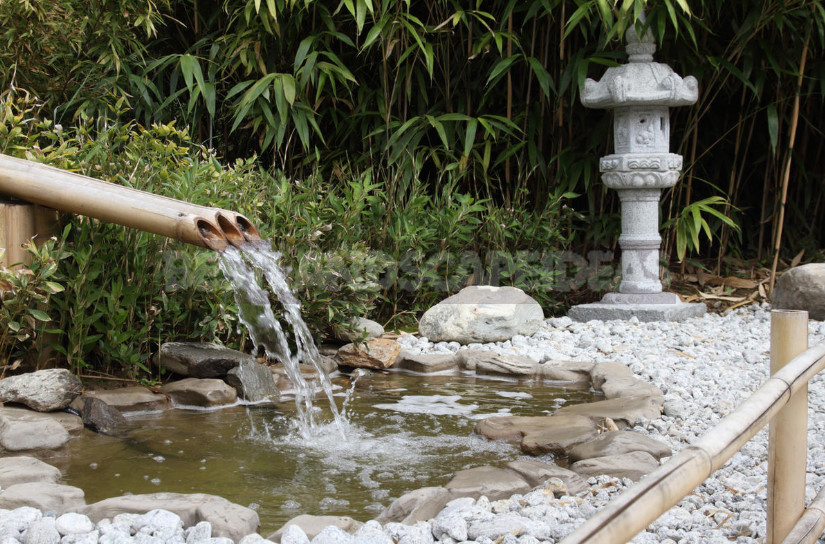
Of course, due to climatic features and cultural differences, a real Japanese garden on the dacha will not be able to recreate. But you can get as close as possible to the original thanks to these design elements.
And how do you feel about Japanese-style gardens?
